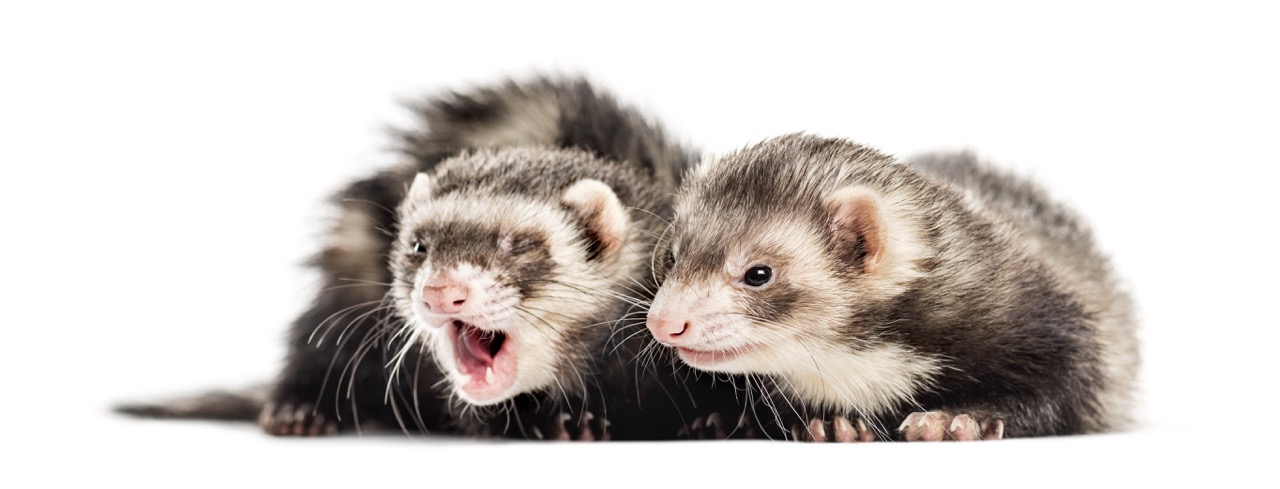Providing stimulation and enrichment for ferrets is essential to maintain their physical health and emotional well-being. Ferrets are highly intelligent and curious creatures that require a stimulating environment to thrive. In captivity, a lack of engagement can lead to boredom, stress, and destructive behaviors. This article aims to guide ferret owners on how to create an enriching environment within a ferret cage, ensuring that their pets are mentally and physically stimulated.
Understanding the Needs of Ferrets for Enrichment
Ferrets are social and playful animals that thrive on interaction, both with their human companions and other ferrets. Understanding their natural behaviors is crucial for providing adequate enrichment. Ferrets are known to explore, dig, and burrow, so their environment should mimic these natural tendencies. An enriched environment caters to their instincts, allowing them to engage in behaviors that are natural and fulfilling.
Ferrets are also very active and require regular exercise to prevent obesity and promote overall health. Inadequate physical activity can lead to various health issues, including heart disease and joint problems. Owners should recognize that ferrets need time outside their cages for safe exploration and play. Incorporating both mental and physical stimulation into their daily routine is vital for their well-being.
Moreover, ferrets are creatures of habit and require a sense of security in their environment. While they enjoy exploration, they also benefit from having familiar items and safe spaces where they can retreat when feeling overwhelmed. A balanced approach to their enrichment involves addressing their need for both stimulation and comfort, allowing them to feel secure while also being encouraged to play and explore.
Essential Components for an Engaging Ferret Environment
Creating an engaging environment for ferrets begins with the layout and design of their cage. The cage should be large enough to accommodate climbing, jumping, and hiding. Multi-level cages are particularly effective, as they provide various levels for exploration and exercise. Adding hammocks, tunnels, and ramps can transform a standard cage into an interactive playground, encouraging ferrets to climb and navigate their space.
In addition to structural elements, bedding materials should be chosen thoughtfully. Soft, washable fabrics are ideal for comfort, while materials that allow for digging and burrowing, such as shredded paper or straw, can fulfill ferrets’ natural instincts. Providing different textures within the cage can stimulate their tactile senses and encourage exploratory behavior.
Lastly, incorporating hiding spots is essential. Ferrets naturally seek out places to hide and feel secure. Items such as boxes, fabric tunnels, or commercially available ferret hides can create a sense of safety. Ensuring that there are plenty of places for ferrets to retreat and explore will promote a well-rounded and engaging environment.
Interactive Toys and Activities to Stimulate Ferrets
Interactive toys are invaluable in stimulating a ferret’s mind and encouraging active play. Toys that engage their natural instincts, such as puzzle feeders or treat-dispensing toys, can provide both mental challenges and rewards. These toys not only keep ferrets entertained but also encourage problem-solving skills. Rotating toys regularly can prevent boredom and maintain their interest.
Ferrets are also known for their love of chasing and pouncing. Toys that mimic prey, such as plush mice or balls with bells, can stimulate their hunting instincts. Feather wands or strings attached to toys can also provide interactive play opportunities. Engaging in play sessions with your ferret is essential, as it fosters a bond and allows them to exercise and expend energy in a productive manner.
In addition to toys, scheduled playtime outside the cage is vital for enrichment. Setting up a safe play area, free of hazards, allows ferrets to explore, run, and interact with their environment. Creating obstacle courses or hiding treats around the play area can make this time more engaging. Regularly changing the layout or items in the play area can sustain their interest and provide new challenges.
Creating a Safe Space for Exploration and Playfulness
A safe environment for exploration is crucial for ferrets, as they are naturally curious and can easily get into trouble. Ferret-proofing the home is an essential step in ensuring their safety. This includes removing hazards such as wires, toxic plants, and small objects that can be swallowed. By creating a designated play area, owners can supervise their ferrets while allowing them the freedom to explore.
In addition to removing potential dangers, providing safe and stimulating items in their environment is equally important. For instance, offering safe chew toys made from appropriate materials can satisfy their instinct to chew while keeping them occupied. It’s essential to monitor these items for wear and tear, replacing them when necessary to prevent choking hazards.
Creating a routine that includes supervised playtime outside of the cage can significantly enhance a ferret’s quality of life. They thrive on interaction and novelty; hence, introducing new elements to their environment, such as different toys, play structures, or even exploring new rooms in the house, can keep their curiosity alive. A consistent yet varied routine can help satisfy their need for both safety and stimulation.
Providing stimulation and enrichment in a ferret cage is not just a luxury; it is a necessity for their health and happiness. Understanding the natural behaviors of ferrets and creating an engaging environment can significantly enhance their quality of life. By incorporating interactive toys, safe spaces for exploration, and a variety of activities, ferret owners can ensure their pets lead fulfilling and enriched lives. Investing time and effort into creating a stimulating environment will result in happier, healthier ferrets that thrive in their homes.










